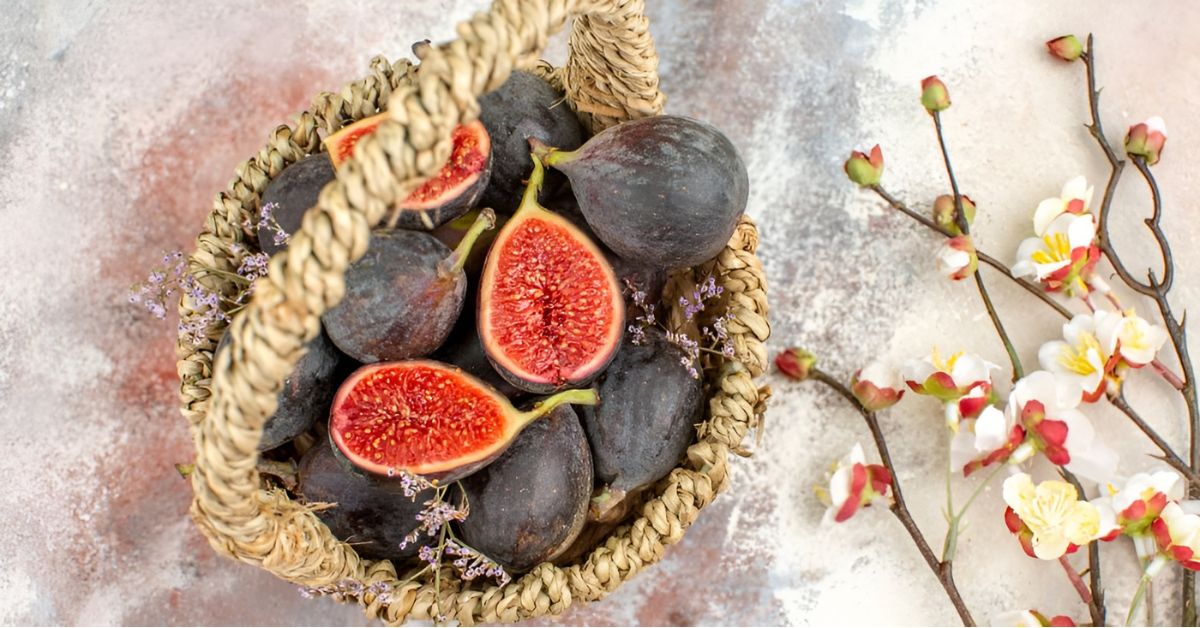Figs, also known as Figù in some cultures, have been a cherished fruit for centuries, celebrated for their unique sweetness, rich historical significance, and numerous health benefits. From their early cultivation in the fertile lands of ancient Egypt and Greece to their widespread popularity in Mediterranean and Middle Eastern cuisine, figs have earned their place as one of the most versatile and beloved fruits in the world.
A Fruit with a Rich History
The story of it begins thousands of years ago, when figs were first cultivated in the warm climates of the Mediterranean. Ancient civilizations, including the Egyptians and Greeks, valued figs not only for their delicious taste but also for their symbolic significance. In Greece, for example, figs were seen as a symbol of prosperity and abundance, often associated with fertility and good fortune. The Mediterranean region, with its ideal growing conditions, became a natural home for fig cultivation, allowing the fruit to thrive for millennia.
Figù in Culinary Traditions
Figs hold a special place in many culinary traditions, offering a unique combination of sweetness, texture, and flavor. Fresh figs are a true delicacy, with their juicy, soft flesh and slightly crunchy seeds. This makes them a versatile ingredient in both sweet and savory dishes. They can be enjoyed as a simple snack or paired with ingredients like goat cheese, prosciutto, and nuts, where their sweetness complements the richness of savory foods.
Dried figs are equally prized, known for their concentrated sweetness and chewy texture. They are a common addition to baked goods, cereals, and energy bars, offering a natural sweetener that elevates dishes without the need for refined sugars. During holidays, particularly in Mediterranean and Middle Eastern cultures, dried figs are often used in traditional confections like baklava with fig filling, fig cakes, and ma’amoul (fig-stuffed cookies).
The Nutritional Powerhouse
Beyond their delightful flavor, it is packed with essential nutrients that make them a valuable addition to a healthy diet. They are high in dietary fiber, which supports healthy digestion and helps regulate blood sugar levels. Figs are also rich in vitamins and minerals, including potassium, calcium, and magnesium, which are important for maintaining bone health, cardiovascular function, and muscle strength.
Perhaps one of the most impressive aspects of figs is their high level of antioxidants, particularly phenolic compounds. These compounds play a crucial role in combating oxidative stress, which can lead to chronic diseases and aging. By incorporating figs into your diet, you can benefit from these natural antioxidants and support your body’s overall health.
Across Global Cuisines
The versatility of it makes it a staple in global cuisines, particularly in the Mediterranean and Middle Eastern regions. In Mediterranean cooking, figs are often used in savory dishes, where they are paired with ingredients like cheese and cured meats to create a balanced, flavorful meal. Fig and goat cheese salads, prosciutto-wrapped figs, and fig-stuffed poultry are all examples of how this fruit adds a touch of sweetness and complexity to traditional Mediterranean fare.
In the Middle East, figs have long been incorporated into both sweet and savory dishes. Fig-stuffed pastries, fig jams, and fig-laced desserts are common, while savory stews and tagines may also feature figs to balance the richness of the meats and spices. The natural sweetness of figs complements the aromatic spices and robust flavors of Middle Eastern cuisine, making it a key ingredient in regional cooking.
Figù in Modern Cooking
As culinary trends evolve, it continues to be a beloved ingredient in modern cooking. Bakers and chefs alike appreciate the fruit’s ability to add moisture, sweetness, and chewiness to various dishes. Figs are often used in breads, cakes, muffins, and pastries, where their natural sugars provide sweetness without overpowering the dish. Whether used fresh or dried, figs are a wonderful addition to any recipe, enhancing both texture and flavor.
Conclusion
It, or figs, have stood the test of time as one of the most cherished fruits in both ancient and modern culinary traditions. From their historical significance in ancient Egypt and Greece to their continued popularity in Mediterranean and Middle Eastern cuisines, figs offer a unique blend of sweetness, flavor, and nutrition. Whether used fresh or dried, in savory dishes or desserts, figs are not only versatile but also packed with essential nutrients that promote overall health. Their high fiber content, rich supply of vitamins and minerals, and powerful antioxidants make it a valuable addition to any diet. With their ability to enhance both taste and wellness, figs continue to be a celebrated and beloved fruit worldwide.
FAQs
What is the difference between fresh and dried figs?
Fresh figs are juicy and tender, while dried figs have a chewy texture and concentrated sweetness. Both offer nutritional benefits, but dried figs are higher in sugar due to the removal of water during the drying process.
How should figs be stored?
Fresh figs should be stored in the refrigerator and consumed within a few days. Dried figs, on the other hand, can be kept in an airtight container at room temperature or refrigerated for longer storage.
Are figs high in sugar?
Figs, especially dried ones, are naturally high in sugar. However, they contain natural sugars and offer a range of other nutrients, making them a healthier alternative to refined sweeteners.
Can figs be used in savory dishes?
Yes, figs pair wonderfully with savory ingredients such as cheese, meats, and nuts. Their sweetness balances out the richness of these ingredients, making them ideal for appetizers and main courses.
Are figs good for digestion?
Figs are an excellent source of dietary fiber, which supports healthy digestion by promoting regular bowel movements and preventing constipation.

